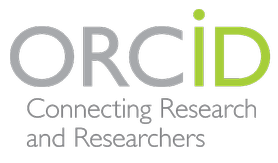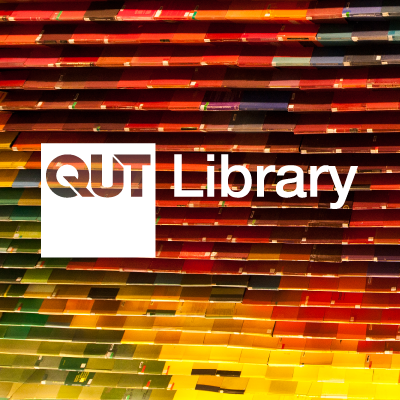Self-Defence Against Terrorism in the Post-9/11 World
Abstract
In 1986 the then United States Secretary of State George Shultz asserted that:'It is absurd to argue that international law prohibits us from capturing terrorists in international waters or airspace; from attacking them on the soil of other nations, even for the purpose of rescuing hostages; or from using force against states that support, train and harbor terrorists or guerrillas'. At that time the United States’ claim of a right to use military force in self-defence against terrorism2 received little support from other states.3 The predominant view then was that terrorist attacks committed by private or non-state actors were a form of criminal activity to be combated through domestic and international criminal justice mechanisms.4 The notion that such terrorist acts should be treated as ‘armed attacks’ triggering a victim state’s right of self-defence was not accepted by the majority of states. To suggest, as Shultz had done, that a state not directly responsible for terrorist acts could have its territorial integrity violated by military action targeting terrorists located within that state, was a controversial proposition in 1986. However, some fifteen years later, when the United States and a coalition of allies launched a military campaign in Afghanistan following the 11 September 2001(hereafter ‘9/11’) terrorist attacks, there was virtually unanimous international support for the use of force.
Published
Dec 1, 2004
How to Cite
GARWOOD-GOWERS, Andrew.
Self-Defence Against Terrorism in the Post-9/11 World.
QUT Law Review, [S.l.], v. 4, n. 2, dec. 2004.
ISSN 2201-7275.
Available at: <https://lr.law.qut.edu.au/article/view/200>. Date accessed: 01 feb. 2021.
doi: https://doi.org/10.5204/qutlr.v4i2.200.
Section
Articles - General Issue
Since 2015-12-04
Abstract Views
2210
PDF Views
5804
Until 2015-12-04:
Abstract Views
1012
PDF Views
4309
Authors who publish with this journal retain copyright and grant the journal right of first publication with the work simultaneously licensed under a Creative Commons Attribution License (CC-BY) that allows others to share the work with an acknowledgement of the work's authorship and initial publication in this journal.
Articles in this journal are published under the Creative Commons Attribution Licence (CC-BY). This is to achieve more legal certainty about what readers can do with published articles, and thus a wider dissemination and archiving, which in turn makes publishing with this journal more valuable for authors.






